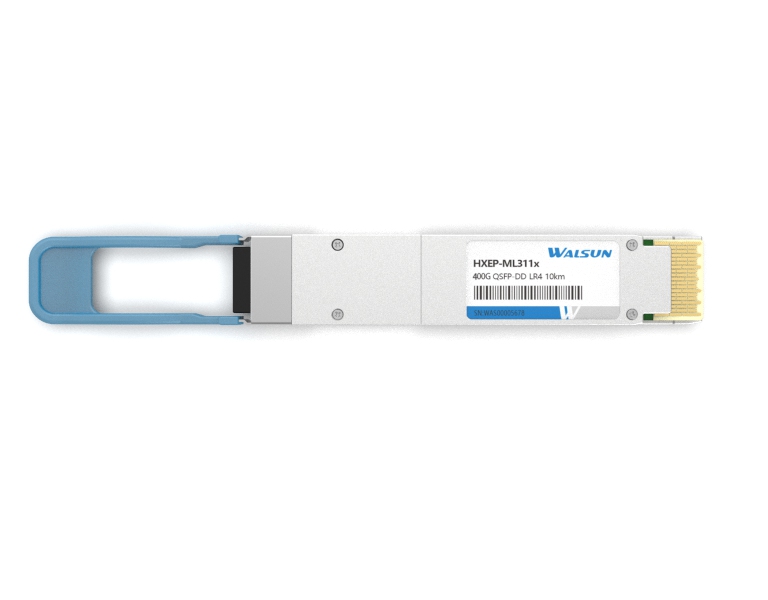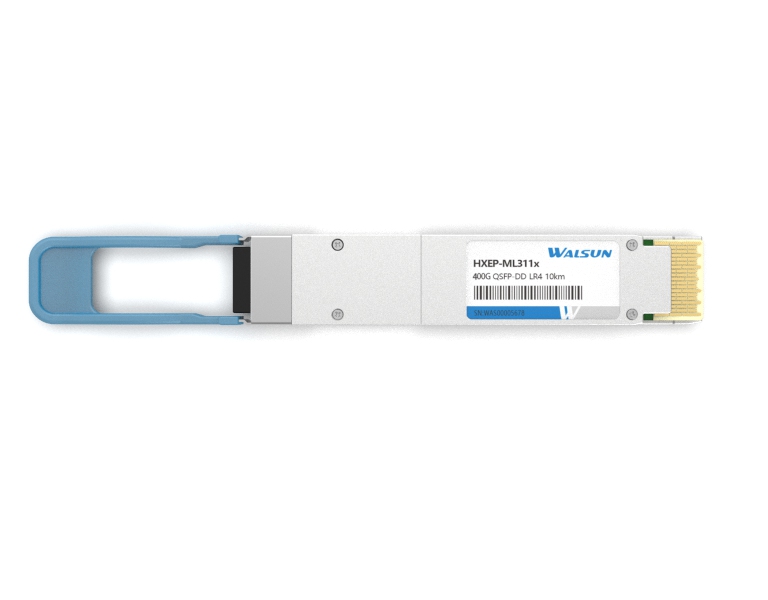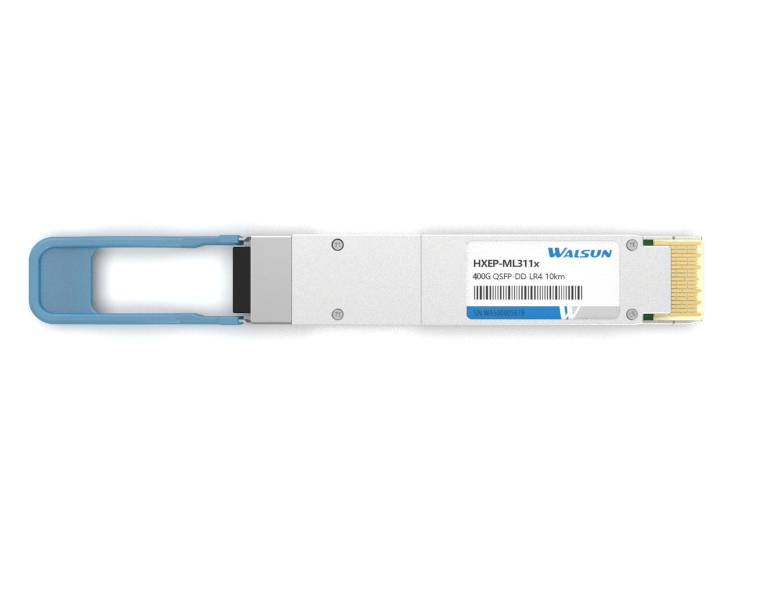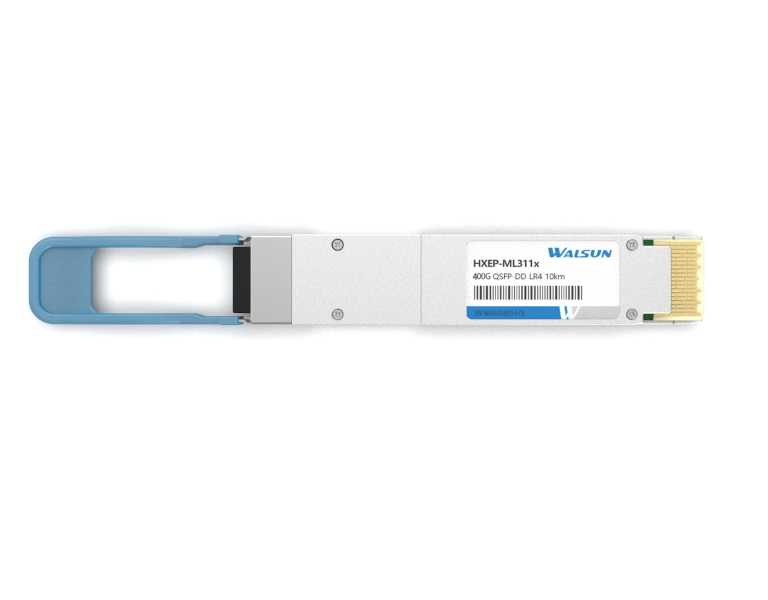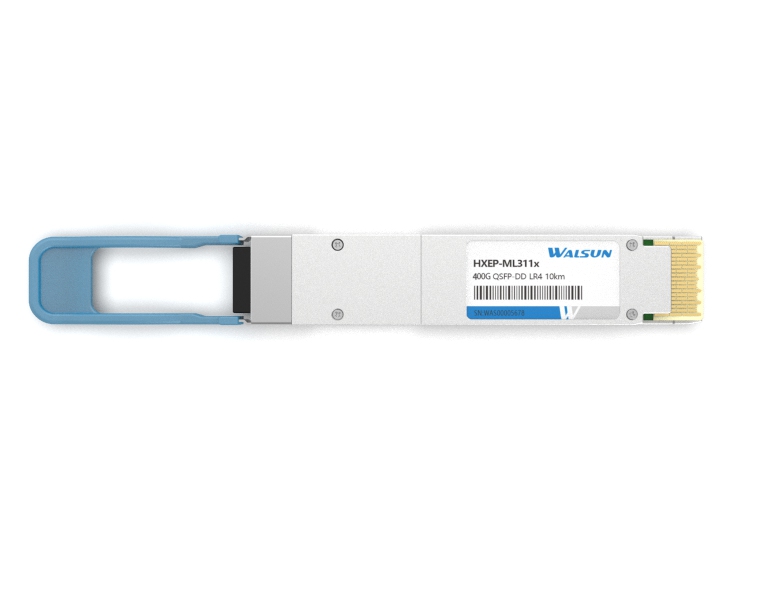PRODUCTS

- CFP8 (C form-factor pluggable) and QSFP-DD (quad small form-factor pluggable double density) are both types of optical transceivers used in high-speed data transmission systems, but they have some differences.1. Form factor: CFP8 is a larger form factor compared to QSFP-DD. CFP8 measures 112mm in length and 45mm in width, while QSFP-DD measures 87mm in length and 18mm in width.2. Port density: QSF799

- QSFP-DD800 and QSFP-DD are different form factors for high-speed pluggable modules used in data center and networking applications.QSFP-DD800 (Quad Small Form-factor Pluggable Double Density 800) is a newer and higher density form factor compared to QSFP-DD. It can support transmission speeds of up to 800 Gbps, which is double the speed of QSFP-DD. QSFP-DD800 also has a higher port density, allowi1722

- The main difference between QSFP and QSFP-DD lies in their form factor and the number of lanes they support.QSFP (Quad Small Form-factor Pluggable) is a compact, hot-pluggable transceiver used for high-speed data communication in data centers and telecommunication networks. It supports up to four lanes of data transmission, with each lane operating at speeds of up to 28 Gbps, resulting in a total1063

- CWDM and DWDM are two of the most popular WDM technologies used by telecoms and are mainly used in WDM / demultiplexers. WDM / demultiplexers are used in conjunction with WDM optical modules, so let's take a look at the differences between CWDM and DWDM optical modules.I. Different bands1. CWDM optical modules are available in the wavelength range of 1270-1610nm, with a band interval of 20nm,1304

- The maximum distance that QSFP28 (Quad Small Form-factor Pluggable 28) transceivers can reach depends on the specific type and technology of the transceiver, as well as the optical fiber used. QSFP28 transceivers are commonly used for high-speed data communication in data centers and telecommunications networks.As of my last knowledge update in January 2022, the typical distance ranges for QSFP281260


 CHS
CHS Walsun Mall
Walsun Mall

